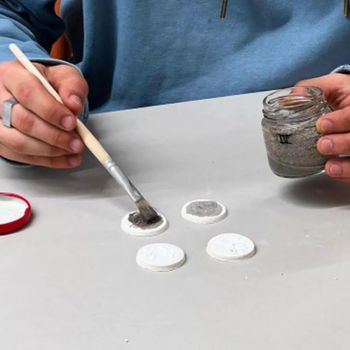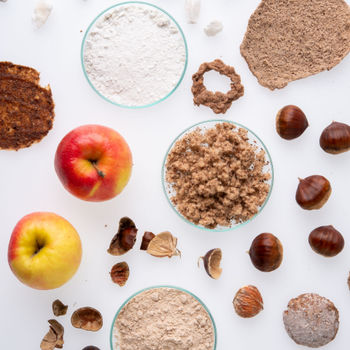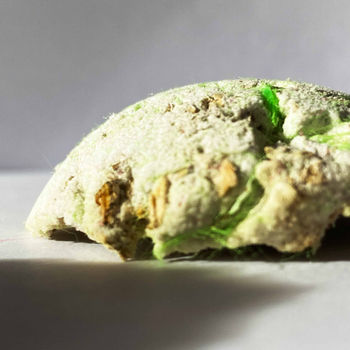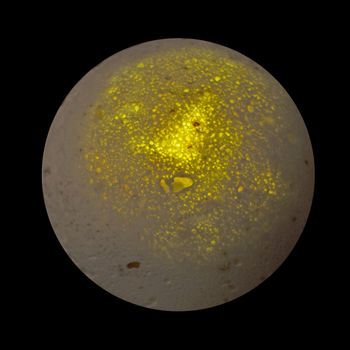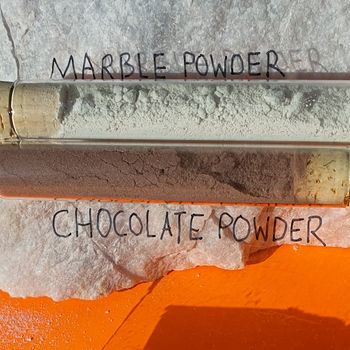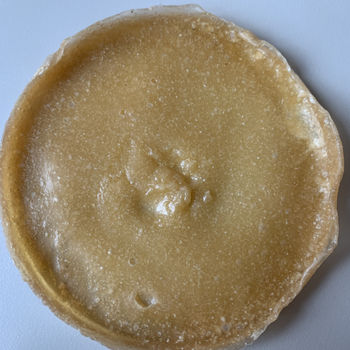The Stone Marble
Kseniia Obukhova
Marble, a small, hard ball that most of us used to play with or collect when we were kids, is named after the toy-making process of the 18th century when they were literally made from marble chips. Inspired by a visit to Lasa Marmo and Südtirol.Stein, with the project “The Stone Marble”, I wanted to discover ways of making marbles from local stones. Starting with resin, the most common material for marbles making, I realised the first tests with different stone shapes and colours. Gneiss, porphyry, dolomite and marble became protagonists of my experiments. More sustainable marbles were made by mixing stone pieces and powder with gelatin, glycerin, tapioca, cornstarch, clay, flour and even flaxseed water.
Below you can find results of some experiments made to test the resistance of various materials for future marbles.

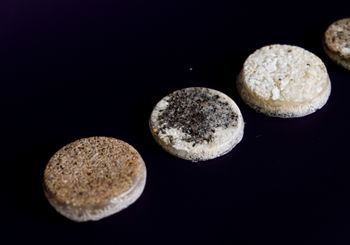
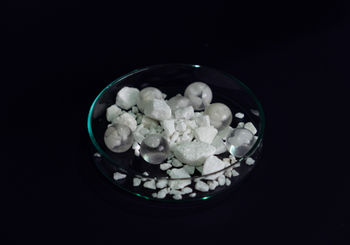
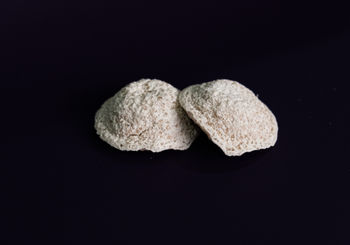
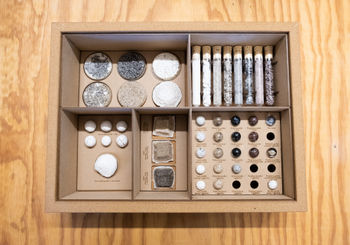
S is for Stone
Project support and collaborators:
Lasa Marmo
südtirol.stein
Studio GISTO
BITZ fablab
Tetyana Drozd
Druckwerk
Material library
Foto Forum
